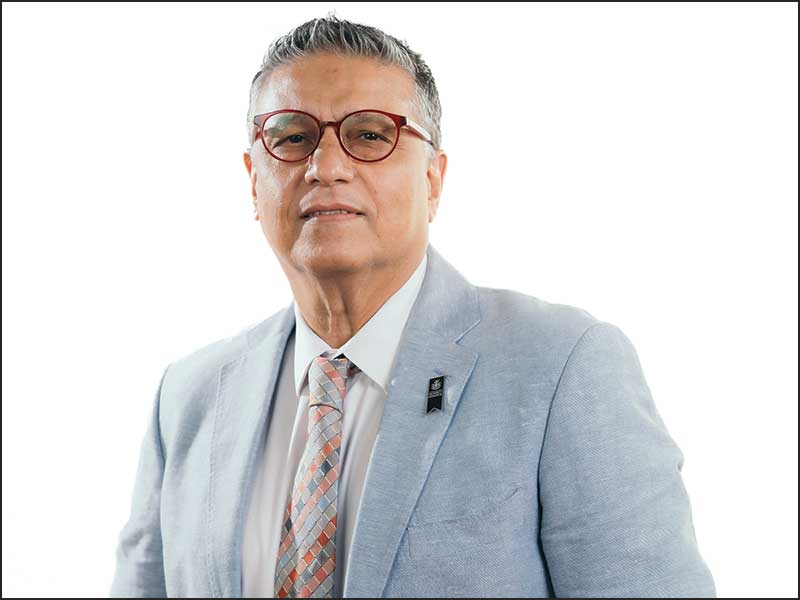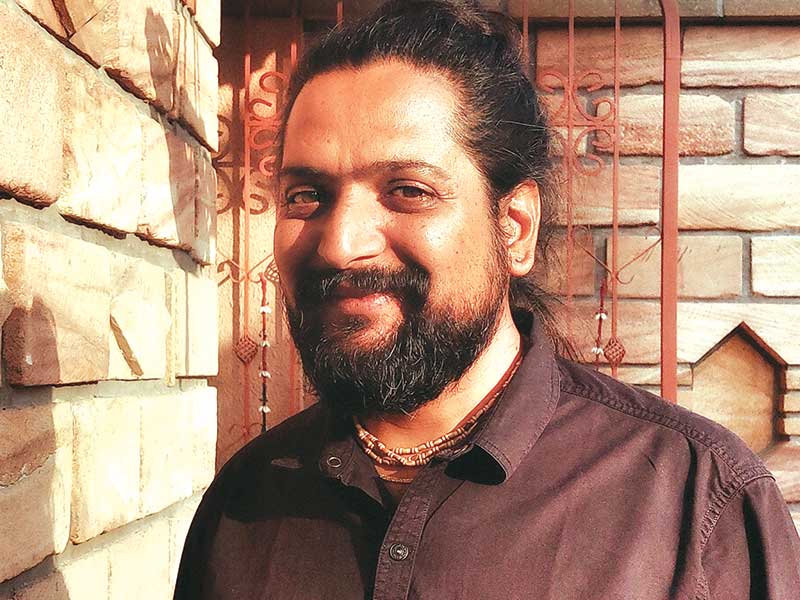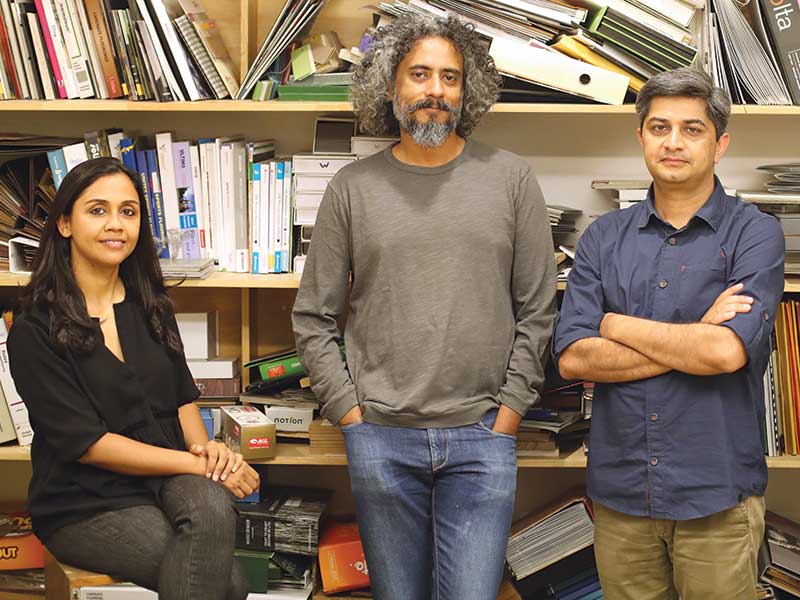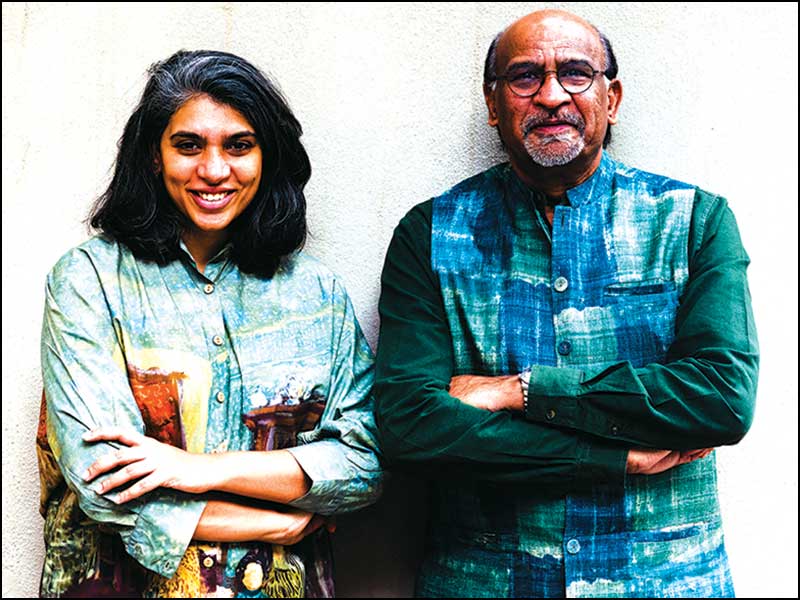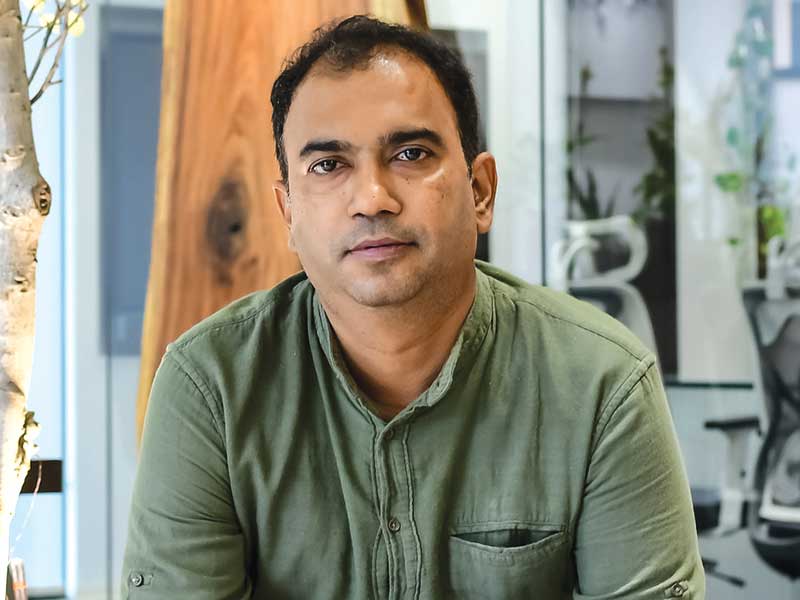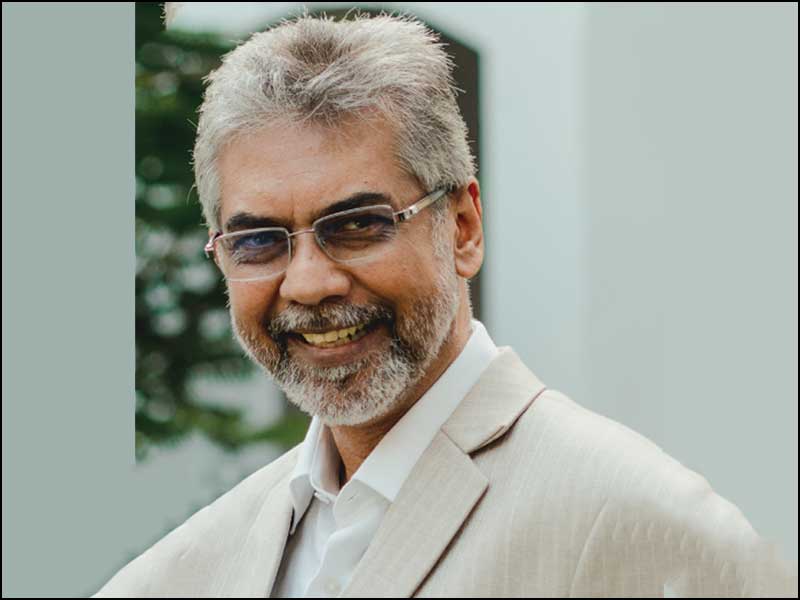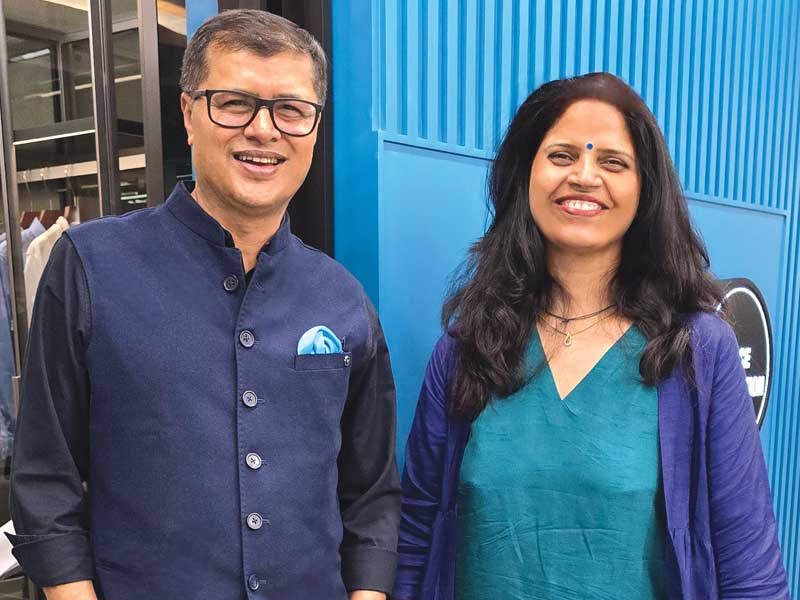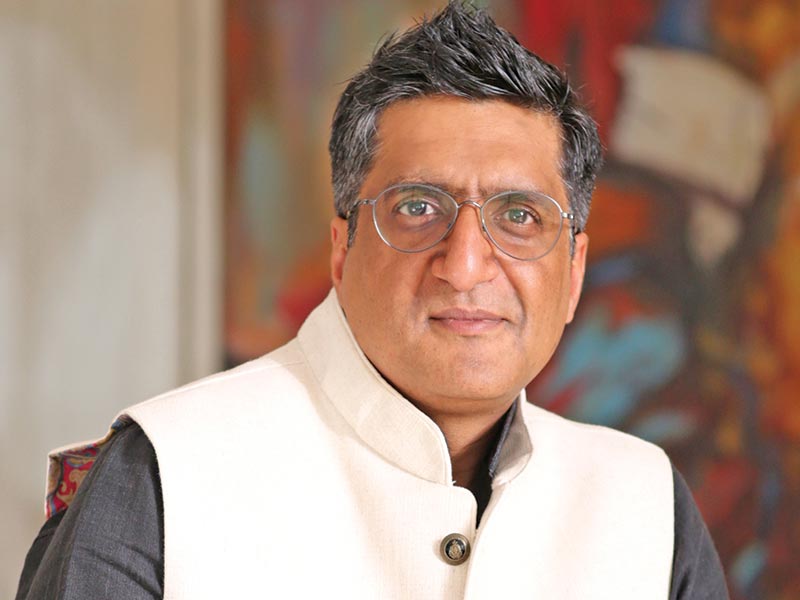
The known history of architecture in India, which I like to call ‘The Old Sage’ era from 3300 BC to 1600 refers to the ancient civilization at Lothal which lies in modern day Gujarat. Examples of Indo Islamic Architecture can also be found in this era.
The architecture in India during the British Raj (1700’s to 1947) brings to mind royal structures like the Victoria Memorial in Kolkata and the Viceroy House also known as Rashtrapati Bhavan in Delhi. Most of the structures constructed by the Britishers are excellent examples of architecture, but they do speak the language of supremacy and domination.
Independent India saw the dawn of new hope in almost all aspects of life, and the same was experienced by the architects of the Free India.
Post-Independence, in the New India era (1947 to 1990’s), the government of India was the patron of most of the construction work being undertaken, and the architecture was clearly aligned with the nation-building ambitions of the post-colonial state. One of the finest examples is the creation of the city of Chandigarh - the dream city of India’s first PM, Jawahar Lal Nehru. But even for designing this first city of Independent India, an American planner and architect Albert Mayer and later Swiss-French architect Le Corbusier were invited.
The most noted Indian architects of this time were B.V. Doshi and Charles Correa. Ar. B.V. Doshi who has been named this year’s Pritzker Prize Laureate was one of the first Indian architects to have designed a prominent structure - the CEPT in Ahmedabad. Charles Correa was the chief architect of Navi Mumbai from 1970 to 1975 and his renowned low-rise, high-density affordable housing design of the Artist Village was a unique experiment of a modern village.
Glass clad buildings became the symbol of modern global India.
The most significant economic integration among nations took place between 1970 and 1995. The new economic reform known as Liberalization, Privatization and Globalization (LPG model) from the 1990’s to 2010 aimed at making the Indian economy the fastest growing and globally competitive.
LPG opened up the so far inward-looking state driven economy to the capitalist economy of the outer world. With the coming of global players, the aspirations as well as competition in the local Indian market increased. There was a pressure on the construction industry to design and develop structures of international standards to house various international entities. There was also an influx of international architects who came to seize the opportunity to participate in one of the largest markets of the world.
It was during this time that we saw structurally glazed buildings coming up everywhere, irrespective of their usage or orientation. The need to associate with modern global standards through use of glass cladding can also be seen in building renovation projects taken up by the government as well as the private sector.
The architecture of this period can be identified as the ‘Architecture of Indulgence’ where the newly economically liberated citizen of Urban India was looking for weekend homes, world-class resorts, plush offices, and a luxurious lifestyle, motivating architects to come up with more innovative designs. The impact of an architect’s work on a city and its inhabitants can be witnessed in Mumbai where Ar. Hafeez Contractor changed the skyline of Mumbai with his typical style, which became an instantaneous hit with the Mumbaikars.
 NMMC, Head office
NMMC, Head officeAlmost for the first time, towns were getting designed not by the state but by private bodies.
Around 2005, the concept of integrated townships to be developed by non-governmental bodies started emerging. This marked one of the most interesting phases in the architectural history of India, where now almost for the first time, towns were getting designed not by the state based on the top down approach but rather by private bodies based on the actual need of the market with the bottom up approach.
This period began to see new towns being developed and the redevelopment of existing urban areas. One such remarkable project was the `25,000 crore Dharavi Redevelopment Project, for which the famous British architect Sir Norman Foster was invited to create the master plan. This period seems to symbolize India’s need to prove itself as a global entity in the new emerging world.
By early 2010 Indian Architecture started coming of age and architects are now creating a new definition of Global India through local eco-centric designs.
Today, the architecture is clearly aligned with the aspirations of an emergent class of financiers, speculators and investors. Government structures like Navi Mumbai Municipal Corporation (NMMC, HO) building designed by HSA is one such example of an iconic building that reflects the spirit of the city and is also India’s first green municipal building. Its design, that draws inspiration from traditional architecture and makes smart use of modern materials like glass and GRC, has earned it three citations in the Limca Book of Records.
The 70-acre campus of the National Institute of Securities Markets (NISM) in Patalganga, is one of the finest examples of eco-centric design as it has been designed with minimum disturbance to the natural topography. HSA has not just retained the natural landscape to the largest extent, but also retained 2 mounds on the site and designed the structures around them to create a seamless harmony between nature and the built area.
Today, Indian Architects are not only designing world-class projects in India and in international markets but also forming project-based partnerships with international architecture firms. For instance, Sir Norman Foster and Ar. Hafeez Contractor have come together to create the master plan for the city of Amaravati in Andhra Pradesh.
The sound background of our traditional architecture along with lessons learnt from experiments of the earlier architects of Independent India, together with our exposure to the architecture worldwide, availability of the latest software, and access to new building materials and construction techniques, are enabling Indian architects to be on top of their game.

